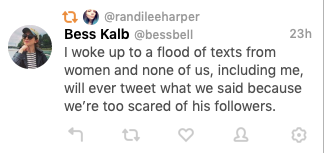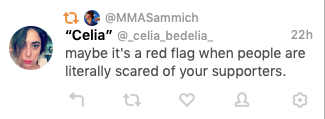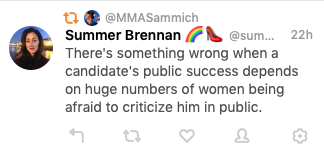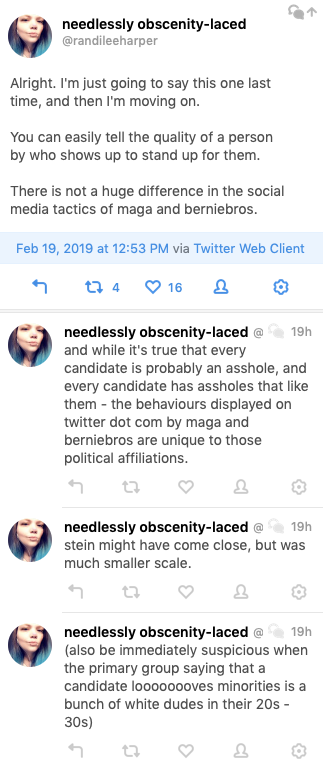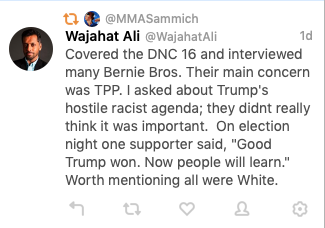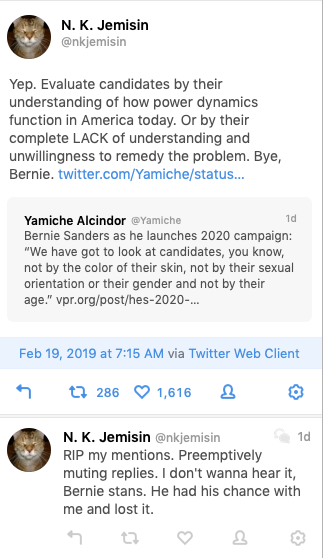Everyone: When it’s time to vote, GET OUT AND VOTE.
The list below (originally found on Facebook) focuses on Alaskan elections (Alaskans can be particularly prone to the “my vote doesn’t count so why bother” mentality, particularly in Presidential elections where Alaska has few electoral votes and the races are often called before polls have even closed in Alaska), but I’d be willing to bet good money that similar close results can be found in whatever region you live in (I’ll admit that I haven’t taken the time to personally research and verify each of these specific instances, but I have no immediate reason to doubt them).
Also, you’ll notice that most of this list has results not from high-profile Presidential elections, but from local elections, from as broad as gubernatorial to as local as school district races. Sure, that’s because those races often deal with smaller voting populations, but those are also the races that are often far more directly impactful to the people who are (and who should be) voting. They may not be as “sexy” and exciting as big-ticket races, but they’re just as important — and not infrequently, arguably more so.
YOUR VOTE COUNTS!
DON’T EVER THINK YOUR VOTE DOESN’T COUNT, BECAUSE IN…
1845: ONE vote brought Texas into the Union.
1868: ONE vote saved President Andrew Johnson from impeachment.
1876: ONE vote gave Rutherford Hayes the presidency of the United States
1939: ONE vote passed the Selective Service act.
1960: ONE vote per precinct elected John F. Kennedy President.
…AND IN ALASKA…
1978: Jay Hammond won the nomination for Governor over Walter Hickel in the primary election by just 98 votes statewide. That’s less than 1/4 vote per precinct!
1978: ONE vote elected Tim Kelly to his Senate seat in District F.
1982: TWO votes gave the nomination for State Senate in District J to David McCracken in the primary election.
1984: ONE vote gave Mary Ratcliff the nomination for State Representative, House District 12, in the primary election.
1986: 17 votes (less than one vote per precinct) elected Rick Uehling Senator from District H, Seat B, out of 14,389 votes cast.
1988: SIX votes elected David Finkelstein to State Representative, House District 12 in the primary election.
1990: TEN votes elect Terry Martin to State Representative, District 13, Seat B. Just ONE vote per precinct.
1990: Four contests in the general election were decided by a margin of less than ONE PERCENT of the votes cast in each contest.
1992: FIVE votes gave Al Vezey the nomination for State Representative, House District 32 in the primary election (less than ONE vote per precinct).
1994: 1.1 votes per precinct elected Tony Knowles as Governor and Fran Ulmer as Lieutenant Governor out of 216,668 votes cast.
1996: ONE vote gave Ann Spohnholz the nomination for State Representative, House District 21, in the primary election.
1998: A TIE was broken by a flip of the coin to elect Wayne Morgan after a runoff Election for a school board seat in the Kuspuk School District.
2003: 14 votes gave Mark Begich the 45% plurality threshold needed to elect him Mayor of Anchorage.
2006: A TIE was broken by a flip of the coin to give Bryce Edgmon the nomination for State Representative, House District 37, in the primary election.
2016: In the Anchorage municipal election, Proposition 9, Girdwood Police Protection, passed by THREE votes.
I post occasionally about the #hopepunk idea, and this is the essence of it (what I’ve also seen termed as “weaponized optimism”, which I love).

